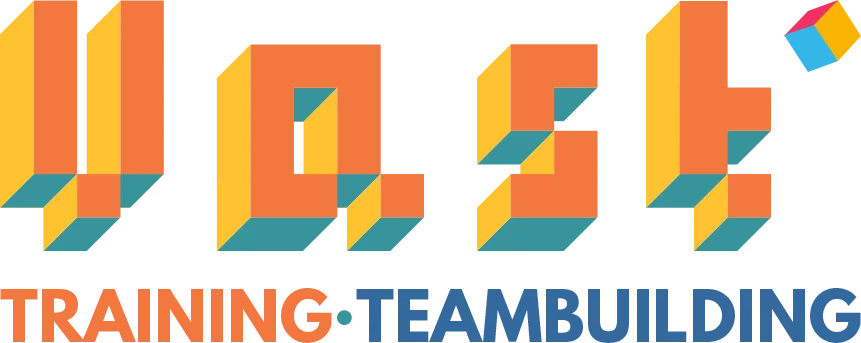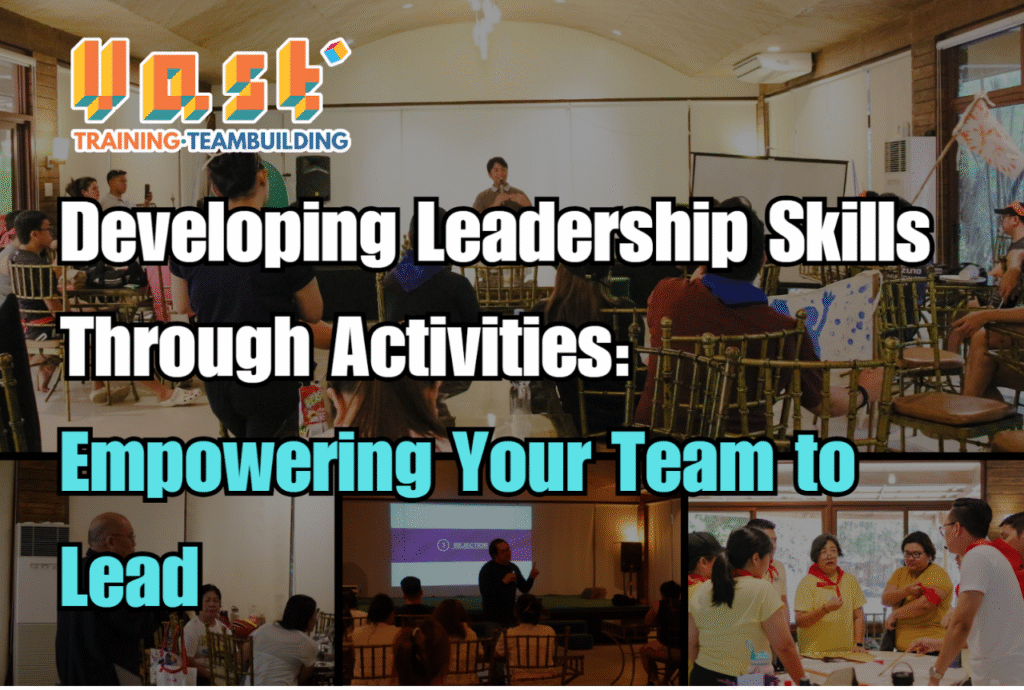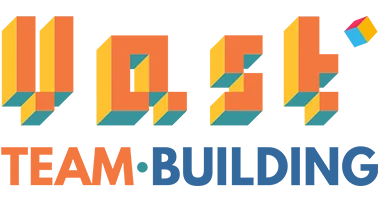Introduction
Leadership is more than just a title—it’s about inspiring others, making decisions, and guiding a team to success. While some people naturally step into leadership roles, many employees need a little extra support and development to bring out their inner leader. One of the best ways to nurture leadership is through engaging and fun activities that challenge individuals to grow. By integrating leadership-focused activities into your team-building efforts, you can help your employees develop essential skills like communication, problem-solving, and adaptability, all while working together and building stronger relationships.
Why Leadership Development Matters
Building strong leaders within your organization is essential for creating a positive culture and long-term success. When leadership skills are developed in a supportive environment, employees are empowered to take initiative, guide others, and make informed decisions. This helps improve team productivity and morale, making it a win for both the employee and the company. Leadership skills don’t just appear on their own—they need to be nurtured through consistent practice and opportunities to grow.
Key Leadership Skills Developed Through Activities
- Communication
Clear and effective communication is the foundation of good leadership. Whether it’s giving instructions, offering feedback, or motivating a team, strong communicators make great leaders. Leadership activities that focus on group discussions, role-playing, or team challenges give employees the chance to practice listening and expressing their ideas. As they practice, they’ll become more confident in sharing their thoughts and listening to others. - Problem-Solving
Leaders often face challenges that require quick thinking and creative solutions. Activities that present teams with problems to solve—like puzzles, obstacle courses, or group challenges—encourage individuals to think critically and make decisions on the fly. These exercises build confidence and teach leaders how to approach challenges with a solution-oriented mindset. - Decision-Making
Strong leaders are decisive. They can assess situations, weigh options, and make informed decisions under pressure. Decision-making exercises, such as simulations or group discussions, give participants a chance to practice making choices, considering risks, and learning from their decisions. The more they practice, the better they’ll get at making decisions in real-world scenarios. - Teamwork and Collaboration
Great leaders know how to build strong teams and bring out the best in everyone. Leadership activities that focus on teamwork and collaboration allow individuals to practice bringing people together, fostering trust, and building a cooperative environment. These skills are crucial for creating a positive work culture and ensuring everyone is working toward a common goal. - Conflict Resolution
Every leader needs to know how to manage conflicts effectively. Leadership activities that simulate workplace disputes or require negotiation help participants practice resolving conflicts with empathy, patience, and diplomacy. These exercises help individuals develop the tools they need to address challenges head-on and keep the peace in a team setting. - Adaptability
Leaders need to be able to pivot when things change unexpectedly. Leadership activities that test adaptability—such as those that introduce sudden challenges or require participants to change strategies—help individuals become more flexible and resilient. The more adaptable a leader is, the better they can guide their team through uncertainty and shifting circumstances.
Types of Activities to Foster Leadership
- Outdoor Leadership Challenges
Sometimes, the best leadership lessons happen outside the office. Outdoor activities like hiking, team-building obstacle courses, or adventure-based tasks provide a fun and engaging environment for practicing leadership. These activities require individuals to think on their feet, collaborate with teammates, and make decisions under pressure—all while enjoying the outdoors. - Team Problem-Solving Exercises
Problem-solving activities like escape rooms, strategy games, or group brainstorming sessions give leaders a chance to practice their decision-making and creative thinking skills. These activities are great for testing how well participants work under pressure, how they approach challenges, and how they collaborate with others to find solutions. - Role-Playing Scenarios
Role-playing is a fun, hands-on way to develop leadership skills. Whether it’s giving feedback, managing a difficult conversation, or leading a meeting, these activities allow employees to step into leadership roles and practice real-world situations. They also provide a great opportunity to receive feedback and refine leadership styles in a safe and supportive environment. - Group Discussions and Debates
Leadership requires the ability to communicate and persuade others effectively. Group discussions and debates allow participants to practice articulating their ideas, listening to opposing views, and guiding conversations toward productive outcomes. These activities help individuals gain confidence in expressing their thoughts and develop stronger communication skills. - Mentorship Programs
Pairing emerging leaders with experienced mentors creates opportunities for learning and growth. Through mentorship, individuals gain valuable insights, reflect on their experiences, and develop a broader perspective on leadership. It’s a great way to nurture leadership qualities in both new and seasoned employees, helping them grow together.
The Long-Term Benefits of Leadership Development
Developing leadership skills doesn’t just benefit individuals—it’s a game-changer for your whole organization. When employees are given the chance to grow as leaders, they become more confident and engaged. They’re more likely to take initiative, solve problems, and collaborate effectively, which leads to a more productive and motivated team. Leadership development also helps with employee retention. Offering opportunities for growth shows employees that you’re invested in their future, which makes them more likely to stay loyal to your company.
Additionally, leadership development creates a positive cycle. As employees grow into strong leaders, they’re more likely to mentor others, passing on their knowledge and fostering a culture of leadership within the organization. This continuous development helps create a strong, dynamic workforce that can take on new challenges and thrive in an ever-changing business environment.
Conclusion
Developing leadership skills through engaging activities is an investment in your employees and your organization’s future. By offering opportunities for your team to practice communication, decision-making, problem-solving, and collaboration, you’re setting them up for success. Strong leaders are the backbone of any successful organization, and with the right support and opportunities, your employees can become the leaders of tomorrow.
Ready to build a team of strong, confident leaders? Connect with Vast3 today and design a leadership development program that will empower your team to lead with confidence and drive your company’s success.



